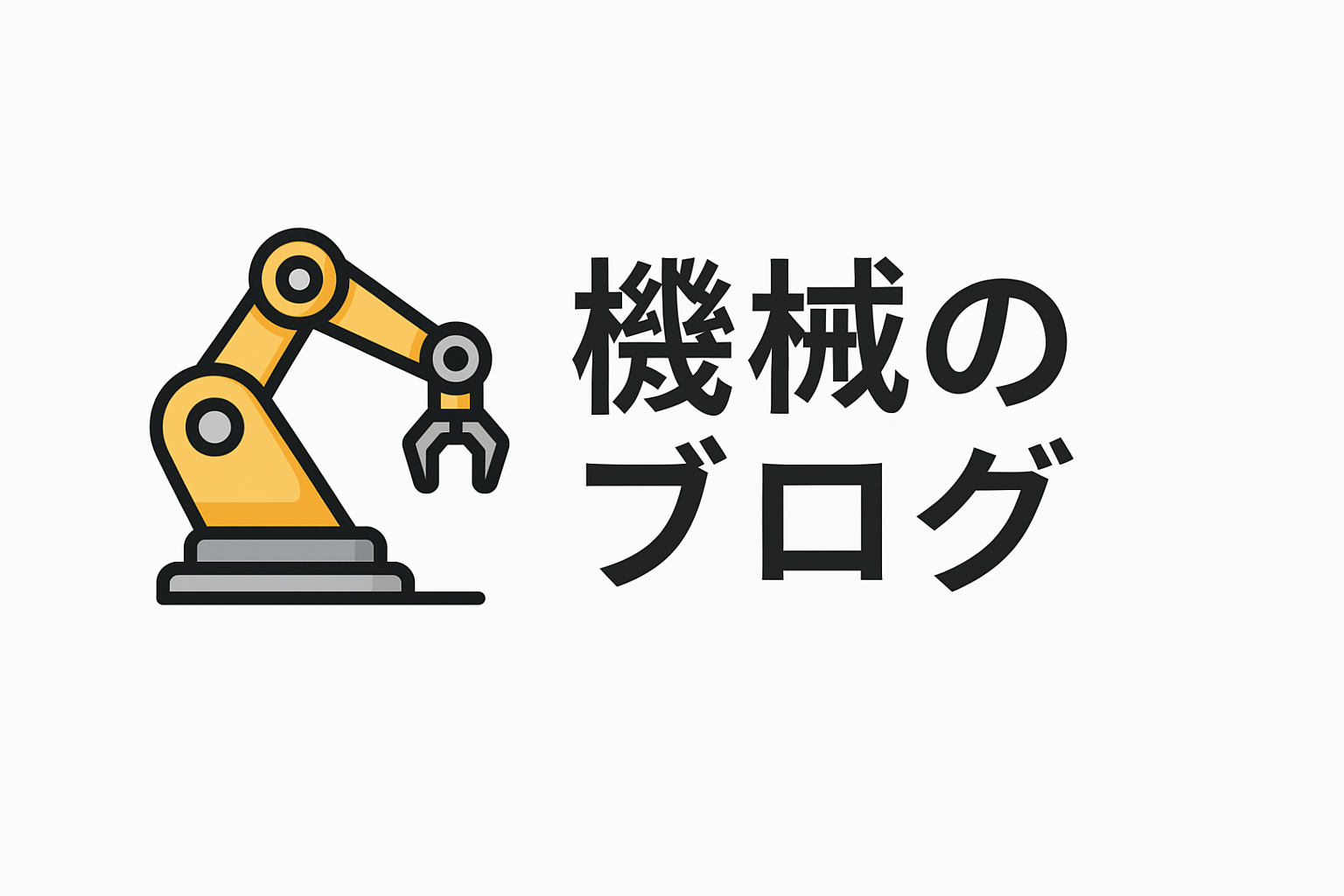Manufacturing Revolution: The Power of Digital Twins
In today’s rapidly evolving industrial landscape, the concept of digital twins is revolutionizing the way manufacturers operate. A digital twin is a virtual replica of a physical product, process, or system, enabling manufacturers to simulate, predict, and optimize performance in a cost-effective manner. This technology allows for real-time monitoring and data-driven decision-making, paving the way for enhanced productivity, efficiency, and innovation in the manufacturing sector.
Introduction to Digital Twins
Digital twins are not merely a futuristic concept; they are a practical technology being widely adopted across various industries. Originating from NASA’s Apollo missions, where they were used to simulate and model spacecraft systems, digital twins have now found their way into mainstream manufacturing. By creating a digital counterpart to a physical asset, manufacturers can gain unprecedented insights into operations, maintenance, and lifecycle management.
The core idea of digital twins revolves around creating a detailed, dynamic model of a real-world entity. This model is continuously updated with data from sensors and other sources to reflect any changes in the physical object. With the ability to visualize and analyze this data, manufacturers can optimize processes, foresee potential issues, and implement improvements before they impact the physical world.
Section 1: The Components of Digital Twins
A digital twin comprises several critical components that work in tandem to provide a comprehensive understanding of the physical entity. At its core, the digital twin includes:
- Data Collection Systems: Sensors and IoT devices play a crucial role in gathering real-time data from the physical world. This data forms the foundation of the digital twin, ensuring it accurately reflects the current state of the asset.
- Simulation Models: Digital twins utilize advanced simulation models to predict how a product or system will behave under different conditions. These models encompass physics-based calculations, machine learning algorithms, and data analytics.
- Connectivity: Seamless connectivity between the physical asset and its digital counterpart is essential. This is achieved through robust communication networks and protocols that facilitate real-time data exchange.
- Visualization Tools: Advanced visualization tools enable users to interact with the digital twin, providing insights through 3D models, dashboards, and augmented reality interfaces.
- Analytics Platforms: Data analytics and artificial intelligence are integral to processing the vast amounts of data generated by digital twins. These platforms help identify patterns, anomalies, and opportunities for optimization.
Section 2: Benefits of Digital Twins in Manufacturing
The integration of digital twins into manufacturing processes offers a myriad of benefits that drive operational excellence and competitive advantage. Some of the key advantages include:
- Enhanced Product Development: By simulating product designs in a virtual environment, manufacturers can identify potential flaws and make improvements before physical prototypes are created, reducing time-to-market and development costs.
- Predictive Maintenance: Digital twins enable real-time monitoring of equipment health, allowing for predictive maintenance strategies. This minimizes downtime, extends equipment lifespan, and reduces maintenance costs.
- Process Optimization: Manufacturers can use digital twins to optimize production processes by simulating different scenarios and identifying the most efficient methods, leading to increased productivity and resource utilization.
- Improved Quality Control: Continuous monitoring and analysis of production systems help identify quality issues early on, ensuring that products meet stringent standards and reducing the risk of recalls.
- Better Decision-Making: With access to real-time data and analytics, manufacturers can make informed decisions quickly, adapting to changing market demands and operational challenges with agility.
Section 3: Challenges in Implementing Digital Twins
Despite the significant advantages, the implementation of digital twins in manufacturing is not without challenges. These challenges include:
- Data Integration: Integrating data from various sources and ensuring its accuracy and consistency can be complex. Manufacturers need robust data management strategies to overcome this hurdle.
- High Initial Investment: Setting up the infrastructure required for digital twins can be costly, including investments in sensors, software, and connectivity solutions. However, the long-term benefits often outweigh these initial costs.
- Skill Gaps: The successful deployment of digital twins requires skilled personnel proficient in data analytics, modeling, and IT systems. Manufacturers may need to invest in training or hire new talent.
- Cybersecurity Risks: With increased connectivity and data exchange, digital twins introduce potential cybersecurity risks. Manufacturers must implement robust security measures to protect sensitive data.
- Scalability: As the scale of operations grows, maintaining and updating digital twins becomes more complex. Manufacturers need scalable solutions to manage expanding digital twin ecosystems effectively.
Section 4: Case Studies of Digital Twins in Action
Several manufacturers have successfully integrated digital twins into their operations, showcasing the transformative impact of this technology:
Case Study 1: Siemens Energy
Siemens Energy has leveraged digital twins to enhance the efficiency of their gas turbines. By creating a digital replica of each turbine, engineers can monitor performance in real-time and predict maintenance needs. This proactive approach has significantly reduced downtime and operating costs, while also improving overall energy efficiency.
Case Study 2: General Electric (GE)
GE has implemented digital twins across their aviation division, creating digital replicas of jet engines. These twins allow GE to simulate engine performance under different conditions, enabling predictive maintenance and optimizing fuel efficiency. As a result, GE has achieved substantial cost savings and improved engine reliability for their clients.
Case Study 3: Unilever
Unilever has adopted digital twins to streamline their production processes. By simulating entire production lines, Unilever can identify bottlenecks and inefficiencies, leading to optimized operations and reduced waste. The use of digital twins has also enabled Unilever to accelerate product innovation and increase sustainability efforts.
Section 5: The Future of Digital Twins in Manufacturing
The future of digital twins in manufacturing looks promising, with ongoing advancements in technology and increasing adoption across industries. Emerging trends and future developments include:
- Integration with AI and Machine Learning: The combination of digital twins with AI and machine learning will enhance predictive capabilities, enabling even more accurate simulations and data-driven insights.
- Expansion into New Sectors: As digital twin technology matures, we can expect its application to expand beyond traditional manufacturing sectors into areas such as healthcare, construction, and smart cities.
- Increased Collaboration: Manufacturers will increasingly collaborate with technology providers, research institutions, and other stakeholders to develop innovative solutions and standards for digital twins.
- Sustainability and Circular Economy: Digital twins will play a pivotal role in advancing sustainability efforts, enabling manufacturers to design products for recyclability and optimize resource use throughout the product lifecycle.
- Real-Time Augmented Reality (AR) Integration: The integration of AR with digital twins will provide immersive experiences, allowing engineers and operators to interact with virtual models in real-time, enhancing troubleshooting and training processes.
Conclusion
Digital twins represent a groundbreaking development in the manufacturing industry, offering unprecedented insights and opportunities for optimization. By bridging the gap between the physical and digital worlds, manufacturers can enhance product quality, reduce costs, and improve operational efficiency. While challenges remain in implementation, the transformative potential of digital twins is undeniable. As technology continues to evolve, digital twins will undoubtedly play a central role in shaping the future of manufacturing, driving innovation and competitiveness in an increasingly digital world.

